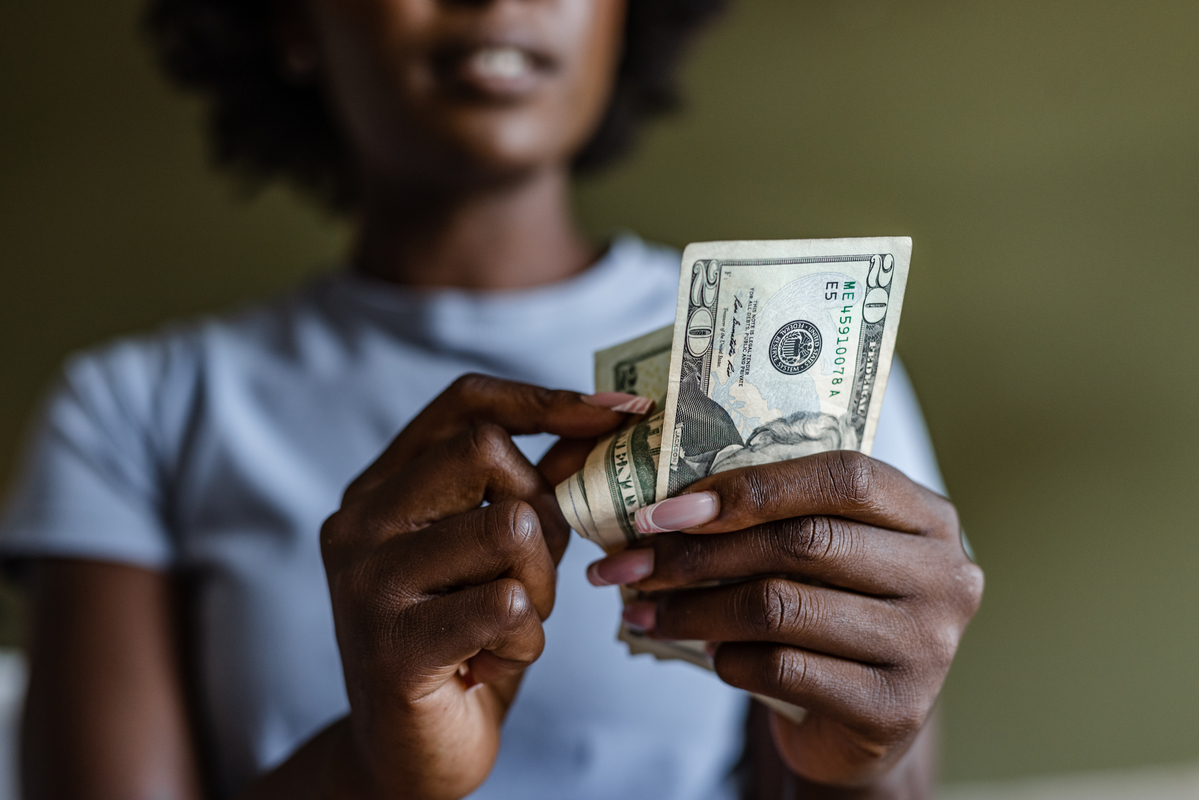2 Magnificent S&P 500 Dividend Stocks Down 7% and 19% to Buy and Hold Forever
These two underperforming stocks remain attractive for long-term dividend-seeking investors.
U.S. equities have been volatile this year, but have had a strong run. The S&P 500 index gained 17.3% over the last year through Sept. 16.
However, just because the index has done well doesn’t mean you can’t find exceptions. Coca-Cola (KO 0.09%) and Eli Lilly (LLY -1.14%) have dropped more than 8% and 14%, respectively.
That might make some investors shy away from the shares. After all, the stocks have underperformed the market for various reasons.
However, long-term investors interested in dividends should view this as an excellent buying opportunity.
Image source: Getty Images.
1. Coca-Cola
Most people around the world have heard of Coca-Cola. The company, launched in 1886, sells its beverages, including its namesake brand, in more than 200 countries.
A mature company, its days of fast-growing revenue seem likely behind it. However, Coca-Cola has been increasing its top line. Second-quarter revenue, removing foreign-currency exchange fluctuations and acquisitions/divestitures, grew 5%. This helped drive adjusted operating income 15% higher.
The increased revenue was entirely due to higher prices and a changing product mix, which contributed 6 percentage points. However, lower volume subtracted 1 percentage point. That may put some investors off, but it’s likely due to consumers feeling weary from persistently high overall inflation. At some point, prices will level off and volumes will increase. Importantly, Coca-Cola’s market share in the nonalcoholic beverage sector continued to expand.
Coca-Cola shareholders have been relying on dividends, which remain an important source of the stock’s total return. In fact, they’ve come to expect regular increases, and Coca-Cola raised the payout by more than 5% in February. That ran the company’s streak to 63 straight years, making it a Dividend King.
The shares have a 3.1% dividend yield, more than double the S&P 500’s 1.2%. And Coca-Cola’s 71% payout ratio should provide comfort that the company can easily afford dividends.
2. Eli Lilly
Eli Lilly, also in existence since the late 1800s, has been very successful at developing and selling drugs used for treating diabetes, cancer, and immunology (rheumatoid arthritis), among other diseases.
It has three drugs, Mounjaro, Zepbound, and Verzenio, that account for 65% of its $15.6 billion second-quarter revenue. These drugs treat type 2 diabetes, obesity, and breast cancer, respectively. The products had top-line growth of 12% to 172%, and continue to drive revenue growth.
Second-quarter revenue grew by 38%, and adjusted earnings per share increased 61% to $6.31. Management raised its 2025 revenue guidance and now expects better than 35% revenue growth, based on the midpoint of the $60 billion to $62 billion range.
Eli Lilly continues to invest money to develop new drugs. It increased second-quarter research and development spending by 23% compared to a year ago, to $3.3 billion. It’s the biggest expense item, representing more than 21% of revenue.
It’s hard to argue with these results, but the stock may have previously gotten ahead of itself. A year ago, the shares traded at a price-to-earnings (P/E) ratio of more than 100. It now has a more reasonable 50 P/E multiple.
The stock’s 0.8% yield is below the S&P 500, but Eli Lilly’s board of directors has raised dividends annually since 2015. With a 37% payout ratio, earnings easily cover the dividend payments.
The combined appreciation potential and dividend payments give Eli Lilly’s shares an attractive total return potential.


